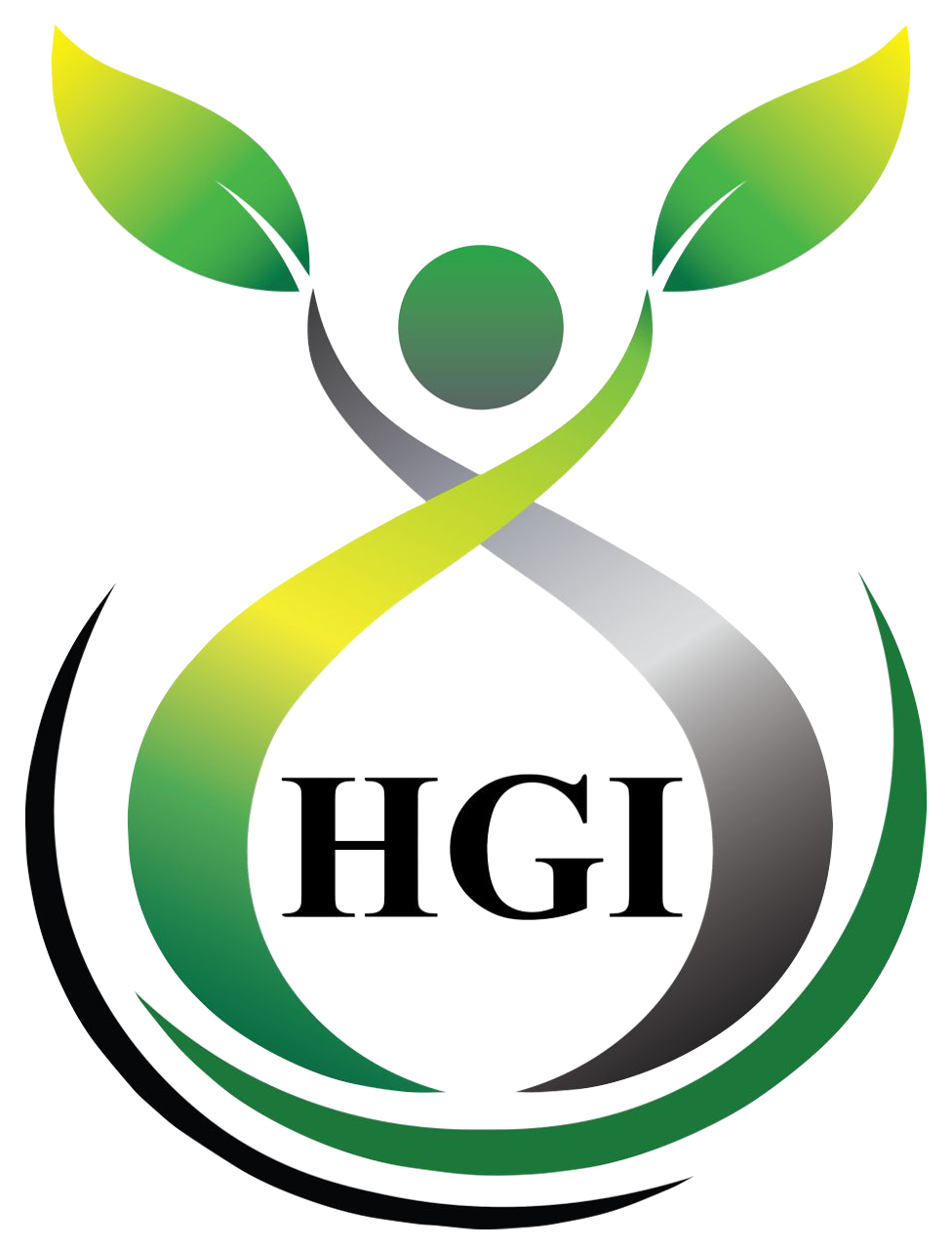Services
One-Stop Solution for Continuos Emission Monitoring System
Comprehensive range of services covering all aspects of emissions to air monitoring and performance monitoring of air pollution control system
Highly skilled team with extensive industry experience
Our team of experienced engineers possesses extensive product and application knowledge, enabling us to offer a wide range of emissions monitoring services. Whether you need comprehensive solutions or simple technical advice, we are committed to meeting all your emission measurement needs. Contact us today for more information, and our team will be delighted to provide expert guidance and deliver customized services and systems to meet your specific requirements.
- Repair
In-house and on-site repair service for your continuous emission monitoring systems
- Service & Calibration
Malaysia wide routine service & calibration. In-house & On-site repair services.
- PEMS Third Party Audit
DOE Certified PEMS Tester to perform initial certification, RATA and RAA.
- CEMS Performance Audit
DOE Certified CEMS Tester to perform Functional Test, QAL2-CVT, QAL3-OGPM & AST.
